From Apple Glasses to Hololens 2: AR glasses you can buy now (and soon)
2022 will be the year of AR
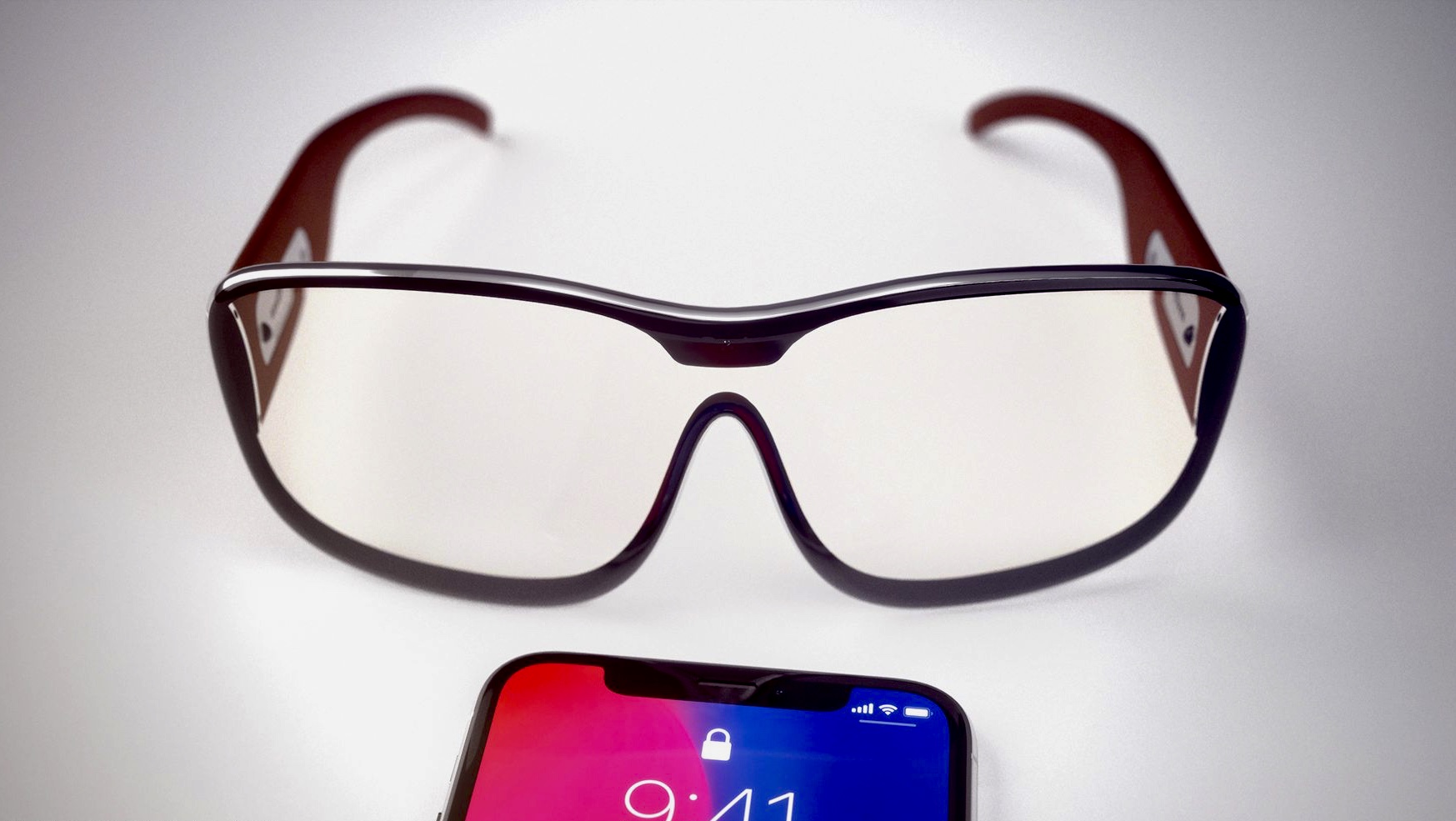
The age of augmented reality is upon us. There have been AR headsets for a while now, with Microsoft pioneering the field with its Hololens. But it seems that Apple almost-all-but-confirmed AR glasses will end being the key to popularize a device now reserved to professionals.
Apple has a long history of turning marginal categories into major market forces. It did so with the MP3 player — which initially was a bunch of crappy devices with music files that users had to organize manually in folders until the iPod turned it into a friendly mass consumer product. It happened again with the iPhone, which crushed all clunky smartphones of the time with its touch user experience. Yet another example is the Apple Watch, although that had to wait for a couple generations to gain traction as a fitness device.
Now it is the turn of augmented reality. If the Cupertino company delivers the Apple Glasses according to the information provided by reliable experts like Ming-Chi Kuo, it most probably will serve as a huge push to turn these devices into (somewhat) affordable consumer products. But Apple won't be alone.
Update: Since this story was published, a new report has surfaced on Apple AR glasses. Instead of the rumored Apple AR glasses’ 2020 release, it appears that the Cupertino company is planning to release a mixed AR/VR headset in 2022, followed by lighter AR glasses in 2023.
AR glasses: A work in progress
Why you can trust Tom's Guide
That said, there are serious doubts that Apple would be able to deliver the device that most people are imagining. Unless its engineers know something the rest of the industry doesn’t know, AR technology still has serious shortcomings that may prevent it from becoming mainstream even with Apple behind it. At least for the first two or three generations.
For starters, there’s the issue of optical physics limitations. Current technology prevents the AR experience to be fully immersive because of the limited field of view you can achieve at this point. Without a field of view that can cover all of what your eye can see, including your peripheral vision, you can’t achieve full immersion. That happens because the illusion of seeing virtual objects in front of you breaks when that object reaches the edge of the glasses’ field of view, getting artificially cropped.
The issue of computing power is another potential pitfall. The rumor is that Apple will use the iPhone as the processing unit for the Apple Glasses, using wireless connectivity to capture the reality around you through the glasses’ cameras and returning a fully rendered view to the glasses’ projectors at 120 frames per second. Needless to say, achieving this is extremely challenging — and I’m being generous.
You can compensate for the power limitations with things like eye tracking — which uses internal cameras to follow your eyes — and foveated rendering — which uses that tracking information to only render the center of your field of vision at full complexity, turning what you see in your peripheral vision into a natural low resolution blur. However, this further introduces hardware design challenges of their own.
That’s a lot to ask for from current hardware. Microsoft — which has been working on this for years with perhaps the best AR minds in the industry — knows about these issues, which is why their headset is reserved for professionals like engineers, mechanics, or salesmen. And that’s why some (including myself) are speculating that the Apple Glasses experience will be very limited initially, perhaps only to floating alerts, map directions and the occasional 3D object.
But whatever form and function Apple Glasses take, the truth is that it’s not going to stop AR from happening, which is why we have put together this list of existing and future devices.
Two kinds of AR devices
Before starting with the list of devices, there’s a distinction to be made between two groups of AR devices.
Anything that overlays any kind of information related to what you are seeing over your view is considered augmented reality. This overlaid information augments reality by adding text, 2D or 3D graphical elements.
The first group of devices could be considered full 3D AR devices. These can actually integrate 3D graphics with what you are seeing, inserting virtual objects into the scene as if they were real objects. Hololens and Magic Leap are examples of this technology. Apple Glasses is rumored to be in this category, too, but we don’t know for sure.
The second group are 2D devices. These overlay 2D text and graphics over a scene, but without integrating them fully with what you are seeing. They are the equivalent of the heads-up displays you have in combat jets. Glasses like Google Glass or Epson Moverio devices belong to this category, making you see things like map directions overlaid in your real environment, a virtual 2D display to watch movies, or flight data to fly a drone.
Full 3D AR glasses and headsets
Microsoft Hololens 2
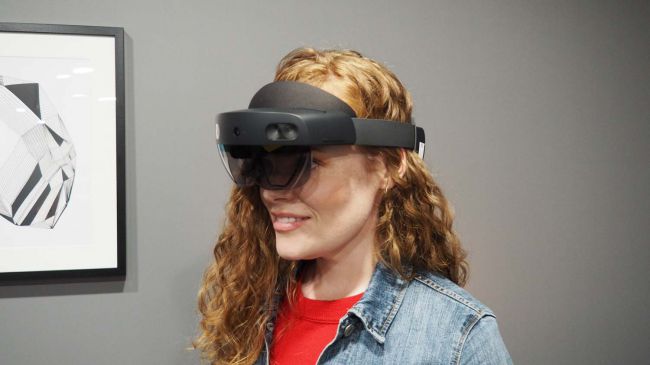
The Hololens 2 is comfortable and useful, according to our first hands-on experience. On our second review, Sherri L Smith was seriously impressed, calling the Hololens 2 an amazing experience, lightweight and just plain cool. But in both cases, the impression is that it is not a mainstream product quite yet. The redesigned headset is much lighter, easier to use, and sleeker than the previous version, yes. It also has a wider field of view. But it is still “seriously expensive” and directed at professionals and businesses.
Price: $3,500, available now. As a developer, you can also get it on leasing for $95 a month and, as a company, for $125 per month per user. Those two options include additional developer and enterprise oriented services.
Field of view: It has an horizontal FoV of 43° and a vertical of 29°, which is now the best in the market. It‘s much more than 30º x 17.5º of Hololens 1, but it is still far from covering your entire field of vision. According to Microsoft, we will have to wait for HoloLens 3 for that.
Features: Hololens 2 matches a lot of the criteria needed for a successful AR device. There is one 2K 120Hz displays per eye, providing a resolution of 47 pixels per degree of your field of view, a fine resolution that makes 3D objects integrate better with reality although not yet reaching the point of seamlessness.
It can also track your eyes and your hands, so you can naturally interact with virtual objects. And it’s also fully autonomous: everything is calculated in the headset, which contains the processing units, the cameras, and everything needed to make it work.
The Hololens 2 is not perfect by any means. Aside from the limited field of view, it is still too big — in part because it contains all the computing guts and some large batteries to make it all work — and needs calibration. Which is why, while Microsoft is selling the hell out of them to professionals, they are not addressing the consumers who want to play Minecraft in the real world.
Who's it for: It’s targeted to professionals like engineers, industrial designers, mechanics, salespeople, film professionals, doctors, and other jobs that could greatly benefit from adding a 3D layer to their world and visualize their work as if they were working with physical objects.
Magic Leap One (Creators Edition)
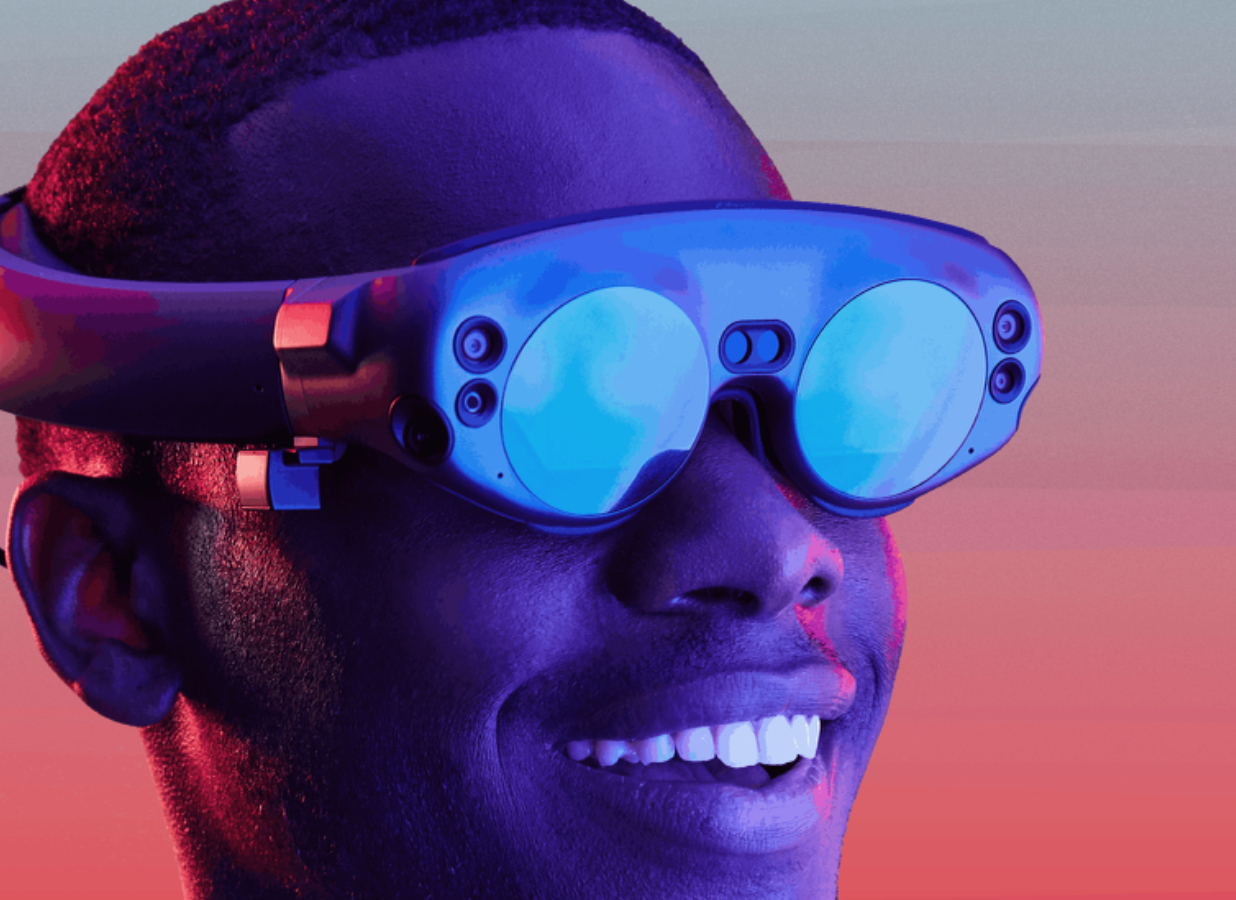
Magic Leap is perhaps the most hyped Silicon Valley company in history and it’s not even in Silicon Valley, but in a place called Plantation, in Florida. However, after years of top secret development at an Area 51-like facility, selective previews to some fawning members of the press, and almost $2.3 billion dollars in investment, its success is inversely proportional to the hype. The Magic Leap One is just, well, sort of ok and rather flawed, I guess?
Price: $2,295, available now.
Field of view: The company first product, Magic Leap One, simply doesn’t deliver on the long fabled promises of making your brain believe that there’s an entire hidden world around you. And it fails mainly for the same reason that every AR headset fails so fair: a limited field of view that breaks the illusion of the virtual objects around you. While the field of view numbers of this headset best the original Hololens, it falls behind Hololens 2 with a 40 x 30 degree field of view. Nothing magical about that.
Features: Its hardware is rather clunky, too. It has two parts: the headset and a processing unit called the Lightpack, which is like a fanny pack full of the processing circuitry needed to analyze reality and render the 3D objects. And yet, the headset feels as bulky or more than the Hololens, perhaps because it looks like some weird goggles from a steampunk costume for a superhero called Insect-Man. Magic Leap also offers its own platform for development.
Who's it for: Like the name says, it is for content and app developers with enough money to burn.
Apple Glasses (rumored)
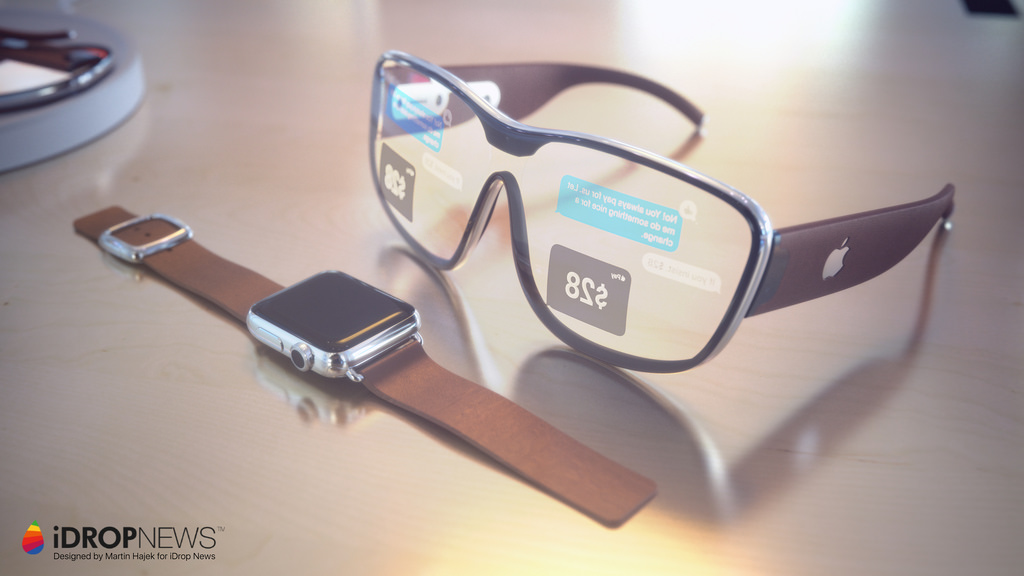
We have a few details about the Apple Glasses but nothing has been confirmed yet. Our current understanding is that the glasses will overlay 3D graphics as well as 2D information. Reports indicate that Apple is looking for a killer application — gaming or otherwise — for this device, which has also been rumored to have been shelved because of Apple’s inability to meet their quality experience standards.
However, the latest reports from the most reliable sources insist that the Apple Glasses will come in early 2020.
According to a Bloomberg report, the Apple AR Glasses will bring information from your phone to your face. Specifically, the eyewear "are expected to synchronize with a wearer’s iPhone to display things such as texts, emails, maps, and games over the user’s field of vision."
Update: Since the reports detailed above, new information has come out from an Apple Campus meeting for as many as 1,000 Apple employees. According to alleged sources in the meeting, Apple is planning to release a mixed reality AR/VR headset in 2022, following up with lighter AR glasses in 2023. None of this information has been confirmed by Apple.
Price: Unknown — but it will not be inexpensive. The Apple glasses should be under the price of the Hololens 2 or the Magic Leap One because it will not require as much hardware. Just keep in mind that you will need to add an iPhone to the equation, too.
Field of view: This information is unknown but, if Apple is really releasing glasses, we could expect for this device to at least match Microsoft Hololens 2. A hard challenge— and certainly not impossible if they are as nimble as the fantasy render below shows.
Features: We know a bit more about some other Apple Glasses‘ features. All sources seem to coincide that the AR device will use the iPhone as its central and graphic processing unit, in theory making it lighter than the competition.
If Apple is aiming at making its glasses a true augmented reality solution — as opposed to a heads-up display that shows 2D floating notifications or maps, like Google Glass — it’s reasonable to expect the Apple Glasses to connect directly to the iPhone on a dedicated Wi-Fi connection.
If the iPhone has to process all the video captured by the glasses’ cameras and send back the 3D imagery to the glasses at a very high frame per second rate (a bare minimum of 60Hz, with a 120Hz refresh being optimal, again like the Hololens 2), it will require a much higher bandwidth than what Bluetooth can provide. And going through a direct Wi-Fi connection may introduce latency issues that may break the AR illusion
Apple also has plans for third-party apps, and is considering a dedicated app store, similar to how you get apps for the Apple TV and Apple Watch.
Who is it for: Apple is a consumer company with a side of enterprise, so we can expect for this device to be just like the iPhone, the iPad, the Apple Watch or a MacBook.
2D AR headsets and glasses
Focals by North
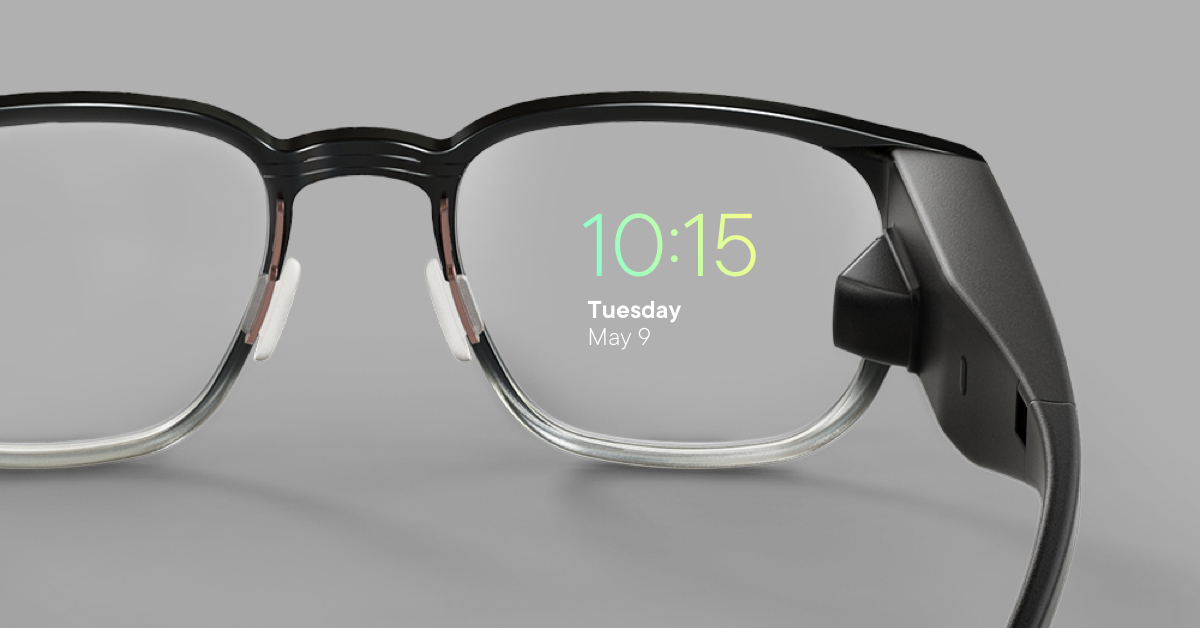
From the front, the Focals by North looks just like a regular glasses. In fact, they look even thinner than my current pair. Only the sides — which are thicker due to the projectors, the battery, and the rest of the electronics — are thicker than usual. They are designed to work with your phone, displaying all kinds of notifications through the day for anyone who wants to be connected without having to look at their phone. In fact, it’s like having a transparent smartwatch on your eye.
Price and availability: You can buy the Focals by North now starting at $600 — but they are not available online. You will have to go buy them in one of their showrooms in Brooklyn or Toronto, which is a very limited selling strategy.
Field of view: The Focals field of view is very limited: only 15 degrees diagonally. But that’s fine because that’s all you need to display these bits of information through your day, unlike the higher demands of fully immersive goggles like Hololens or Magic Leap. It all works thanks to a laser projector placed on the inside of the right temple, which appears to be able to show a colorful image on broad daylight although the quality could be better, according to Toms Hardware's Focals review.
Features: The glasses work in tandem with your Android or iPhone, and can show notifications and information from a variety of applications like Facebook Messenger, WhatsApp, SMS, Google Maps, Evernote, Calendar, Spotify or Slack. It also has Alexa integrated, so you can control them with your voice. However, the real control comes from a strange index finger ring that has a tiny four-direction joystick you control with your thumb. It seems like a step back for a sci-fi like device that is begging to be controlled by simple hand gestures.
They are also customizable, with sunglass lenses or different colors.
Who is it for? Consumers who want to be always connected without having to look at their phones (read: without anyone noticing). Also, hipsters (look below).
Epson Moverio
Epson Moverio devices are augmented reality glasses with very specific functionality: add a heads-up display to your world rather than integrating 3D scenes inside it, like Hololens or Magic Leap.
The Moverio BT-30C allows you to watch any video feed on a virtual screen floating in front of you. As you move your head, however, the display moves along with your head — keeping a fixed position relatively to your eye and not the world that surrounds you. The BT-300 and BT-350 are more complex. They add the ability to put an overlay in your actual world, recognizing objects and locations to add useful layers of information. Epson treats these as the HUD displays on a combat airplane, but it is rather useful.
Price and availability: Available now from $230 to $699.
Field of view: It is much lower than Hololens, at 23 degrees diagonal vs Microsoft’s 52 degrees. But this is not important in this case. Remember that the heads-up display always stays fixed relative to your eye — these glasses are not trying to fool your eyes into seeing 3D objects integrated with actual reality, but just adding a HUD to your world.
Features: The Moverio devices are very light weight and have limited processing ability because they don’t need much. Its OLED projection technology have a resolution of 1280 x 720, which is rather crude but — again — functional for its projection size.
Who's it for? Depends on the model. The Moverio BT-30C is for consumers who just want to see movies in a big screen anywhere — without an actual screen. The BT-35C is the same, but tailored to professionals, like a mechanic on a workshop following instructions to service a new car without training. The BT-300 is also for consumers, like the video above shows, from athletes to drone pilots. The BT-350 has the same functionality as the BT-300, but it’s been redesigned to be used in settings like museums to take over audio guides, with this model adding not only audio but a visual overlay to the guide experience, recognizing artwork and locations.
Google Glass Enterprise Edition 2
Google Glass was originally a total disaster. People were expecting a magical device but instead they got a Peeping Tom dream machine, with a camera that could record a person’s point of view without anyone really noticing. It soon was known as a douchebag contraption. But Google has found its way since then and now Google Glass Enterprise Edition 2 has solidly established itself as a professional augmented reality device that can show directions and training material for workers. Plus, it can record video, record and transcribe voice notes using Google’s AI power. As a result, it’s a favorite of corporations, doctors, and anyone who needs to work with their two hands but could use some visual and AI help at the same time.
Price and availability: Available now for companies only for $999.
Field of view: Like the Epson Moverio, Google Glass Enterprise Edition doesn’t require a large field of view. But while the Moverio overlays information at the center of your field of view, Google Glass only puts a tiny square of 2D visuals on the right side peripheral field of your right eye. Google’s idea is that your central sight should be free of any distraction, leaving whatever information you need available with a quick glance to the right.
Features: Every part is self-contained in this fully Android-based device. Built around a Qualcomm Snapdragon XR1 chipset, Google claims that it is energy savvy and has enough power for all its assistant functions. Google has partnered with specialty eyewear manufacturer Smith Optics to make it compatible with eye safety goggles in risky environments like factories and maintenance workshops.
The Google Glass Enterprise Edition keeps its camera, which is useful to take photos and live stream so other people can help others to do their jobs remotely. All is controlled with a side touch sensitive surface that can be easily used with one finger, even if you are using heavy duty google gloves.
Who's it for? Google Glass Enterprise Edition is for business use only, from workers in a garage or a factory to surgeons.
Vuzix Blade AR
Like Google Glass and Moverio, the Vuzix Blade also overlays information. Instead of projecting on both glasses or your right eye’s peripheral field of view, this device has a lens that is a screen. The result is — according to our review — disappointing, bulky, and expensive.
Price: The Vuzix Blade VR is available now for $1,000 here, with a delay of 3 to 4 weeks in delivery due to “high demand”.
Field of view: The Vuzix Blade has a tiny field of view of 19 degrees diagonal — with a 480 x 480 resolution. But since this device only aims to project limited 2D information like a mini-HUD, it is enough.
Features: Everything is self-contained in this device, which is quite bulky. Think thick hipster glasses. It connects to your Android phone or iPhone to get whatever information they need and display it in the form of a floating tile. The design of these tiles — as the video above shows — is pretty simple. The apps, however, are limited.
The Vuzix can also record video and take photos with a 8MP camera and it can be controlled with head motions or touch. Unlike Google Glass Enterprise Edition 2’s AI, the Vuzix uses the dumber Alexa built-in so you can ask for Amazon to deliver more Tide pods.
Who's it for? Developers and corporate users — or any consumers with money to burn who wants to know their speed skiing down a slope.
Optinvent Ora-2
This Google Glass clone made in France has a movable projector unit. You can keep it under your eye, so you can glance down to see whatever content is being projected. But, if you want the information to be overlaid right on top of your eye, you put it in what Optinvent calls “AR mode” — just don’t expect that mode to be like Hololens because is nothing like that.
Price and availability: You can order the Ora-2 developmet kit for 699 euros.
Field of view: The company doesn’t provide with official field of view expects beyond an “horizontal field of view of 42 degrees.” But it doesn’t matter, because it is just an overlay HUD.
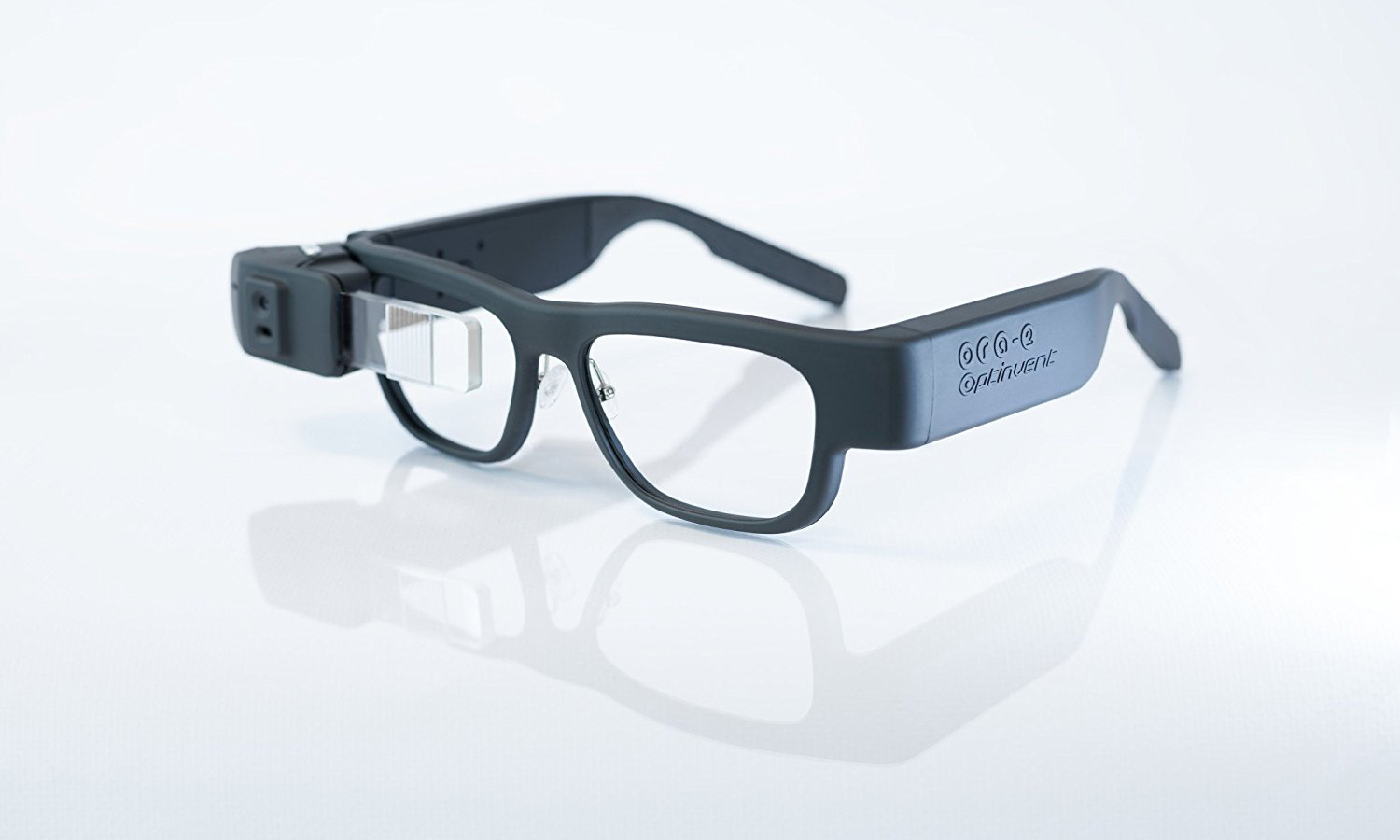
Features: The Ora-2 is basically an Android phone that can run some standard built-in apps connected directly to Wi-Fi — stuff like Gmail, Maps, Music, Search, Sound Recorder, or Camera. It also has some third-party apps, like Skype and Worldlens, but it all seems pretty crude at this point.
Who's it for? Right now it’s only for developers. In fact, the site warns that this device hasn’t been approved by any governmental body as apt for consumer use.
Garmin Varia Vision
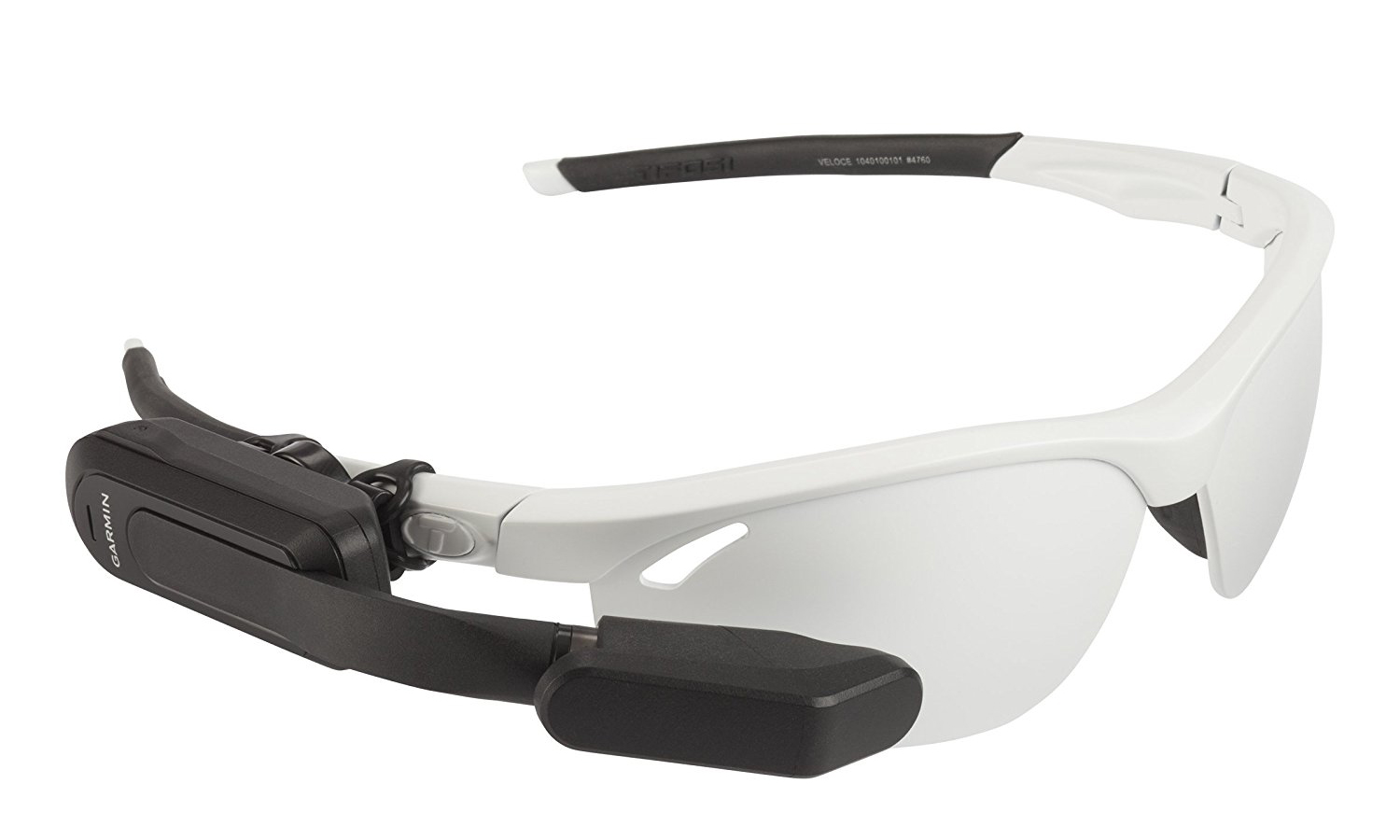
This is a pretty niche device by Garmin: the Varia Vision is a heads-up display like the Epson Moverio but designed just for bicyclists, showing and recording different stats for lovers of this sport.
Price and availability: You can buy Varia Vision now for $395.
Field of view: Like the rest of the 2D devices, it’s pretty limited and irrelevant. It’s just designed to give bikers a heads-up display which shows your cycling stats and performance data in four separate panels. You can also attach the unit to any glasses you want to use through a secure clipping system.
Features: The Varia Vision is self-contained, using a built-in accelerometer and light sensor to collect the performance information that it can display. The device can connect to Garmin's rearview radar, a device that can tell cyclist if a car is approaching them from behind so they can stay safe on the road. The machine is controlled with a side touchpad. With an 8-hour battery life and weighing only 28 grams, it should be apt for any serious ride.
Who's it for? Cyclists.
Everysight Raptor
The Everysight Raptor looks like a sleeker take on the first version of the HoloLens. In reality, they are AR glasses for cyclists that are similar to a fighter jet pilot HUD. This one projects all your stats — speed, distance, time, power, heart rate, and rpm — over your two eyes, so the heads-up display stays fixed right in front of your vision at all times. It can provide with GPS mapping information too.
Price and availability: Everysight Raptor is available now for on the company’s site starting at $650.
Field of view: Everysight claims that its glasses use a tecnhology called Beam, a WVGA+ display that projects a very simple wireframe display over an area that is the equivalent of a 65” screen placed at 12 feet in front of you. That’s pretty large — and it covers your two eyes.
Features: The IP55 water-resistant Raptor can be used with touch or voice control. It’s a fully autonomous device that is equipped with a built-in 13.2-megapixel camera that can take 1080p video and still. It displays all the stats you need for cycling on top of a simple map that only focus on the road ahead of you, changing orientation as you go like a GPS. It can record all your stats through any ride, which you can then download through USB or Bluetooth.
The manufacturer claims it lasts for 8 hours.
Who's it for? Cyclists who want to feel like Tom Cruise in Top Gun 2.
Sign up to get the BEST of Tom's Guide direct to your inbox.
Get instant access to breaking news, the hottest reviews, great deals and helpful tips.
Jesus Diaz founded the new Sploid for Gawker Media after seven years working at Gizmodo, where he helmed the lost-in-a-bar iPhone 4 story and wrote old angry man rants, among other things. He's a creative director, screenwriter, and producer at The Magic Sauce, and currently writes for Fast Company and Tom's Guide.

